At a time when video surveillance is becoming more and more widespread, it is important to understand the legal aspects that come with it. The labelling requirement is one of the key legal aspects that must be taken into account when installing Video surveillance products must be observed. The regulations regarding labelling requirements are particularly important on private property.
For this reason, every Weber Protect Video surveillance product comes with a corresponding video surveillance sign for legal compliant operation!
What is the labelling requirement?
The labelling requirement is a legal requirement that regulates how and where where video surveillance products can be placed and how they must be labelled. It is designed to inform people that they are being recorded, whilst also ensuring their right to privacy.
Why is the labelling requirement important?
The labelling requirement is important to protect the right to privacy. Everyone has the right to know when and where they are being monitored. The labelling requirement ensures this while also raising awareness of data protection and privacy. This requirement also helps prevent the misuse of surveillance systems and increases trust in the responsible use of video surveillance.
The obligation to mark private property
On private property, specific rules and regulations apply regarding the obligation to mark. Here are some important points to consider:
1. Clear labelling
All surveillance cameras on private property must be clearly marked. This can be done by clearly visible signs indicating that the area is under video surveillance. Signs should be placed at all entrances and along the boundaries of the monitored area.
2. Use of symbols and text
Signage should include both symbols and clear text to ensure that any visitor or passerby clearly understands that they are in a monitored area. The symbol for video surveillance is a stylized camera that is easily recognizable. Next to the symbol, there should also be clear text stating: "Warning, video surveillance in operation" or similar.
3. No hidden surveillance
It is important to ensure that there is no covert surveillance. Cameras should be installed openly and visibly so that passers-by or visitors to private property know they are being recorded.
4. Compliance with data protection laws
When installing surveillance cameras on private property, applicable data protection laws must also be observed. For example, areas may not be monitored where the privacy of others could be violated, such as bathrooms or changing rooms.
Conclusion
Video surveillance labeling is crucial to protecting the right to privacy and building trust in the responsible use of surveillance technology. On private property, it is especially important to comply with labeling regulations to avoid legal problems and to respect the privacy of all parties involved. So if you are considering installing surveillance cameras or video doorbells on your private property, don't forget to comply with labeling requirements.
Our range of security products offers everything you need to protect your home. Our video surveillance products protect your home from the front door to the garden.
We are happy to add a We include as many video surveillance signs as you like with your video surveillance product. Simply write in your order how many you need for legal use on your property.
Please visit our website or contact our customer service for individual advice:
Weber Protect Customer Service
Mon – Fri: 09:00 – 17:00
Phone: +49 (0)30 318765100
Email: info@weberprotect.com
Because: Only those who ensure safety are safe!



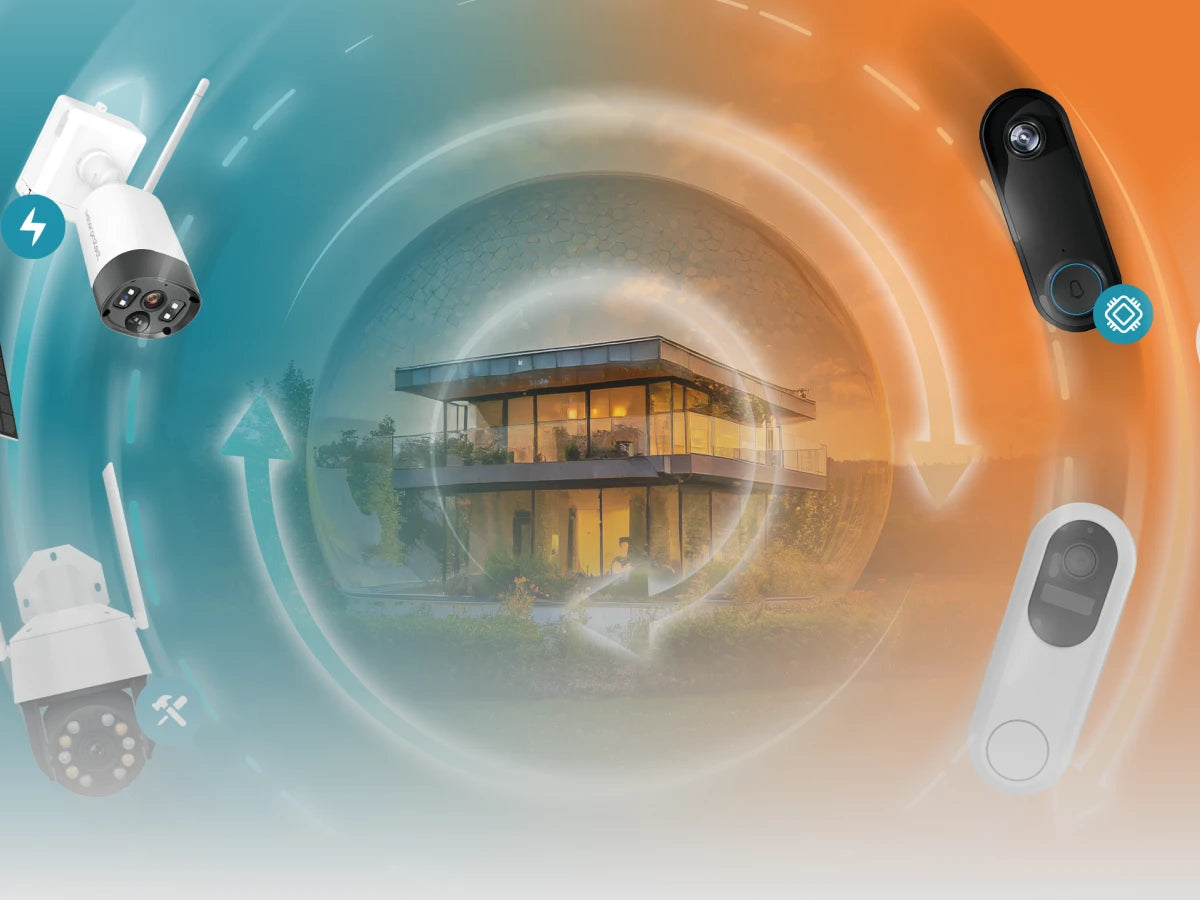
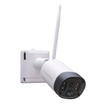
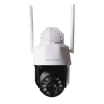



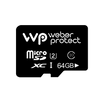
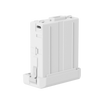

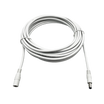
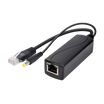

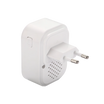



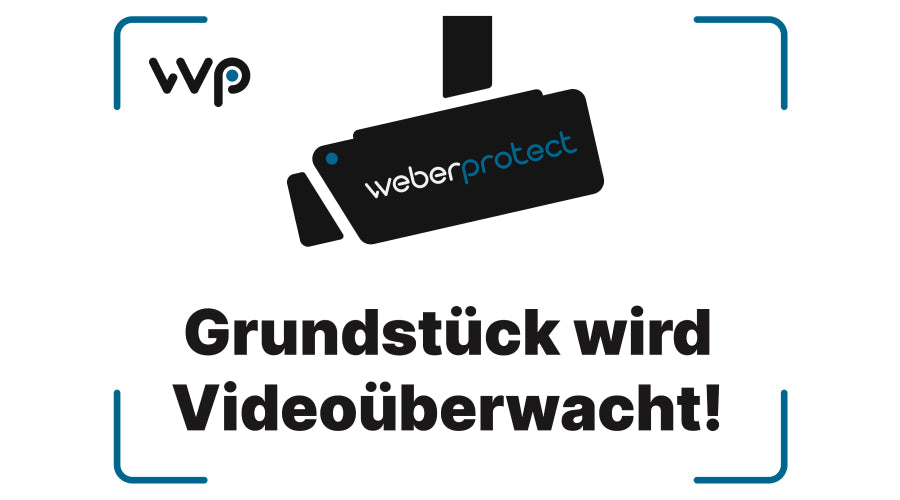
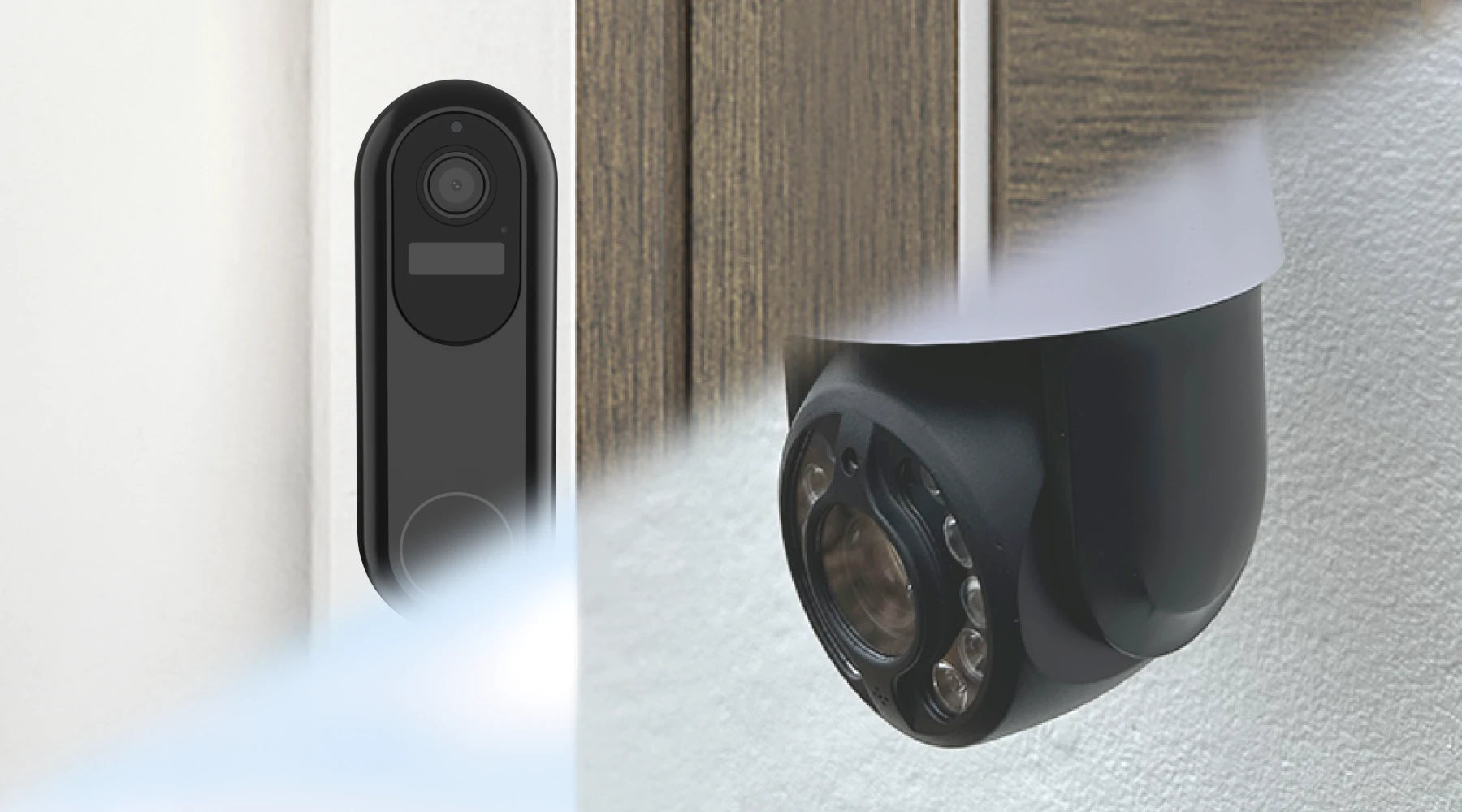
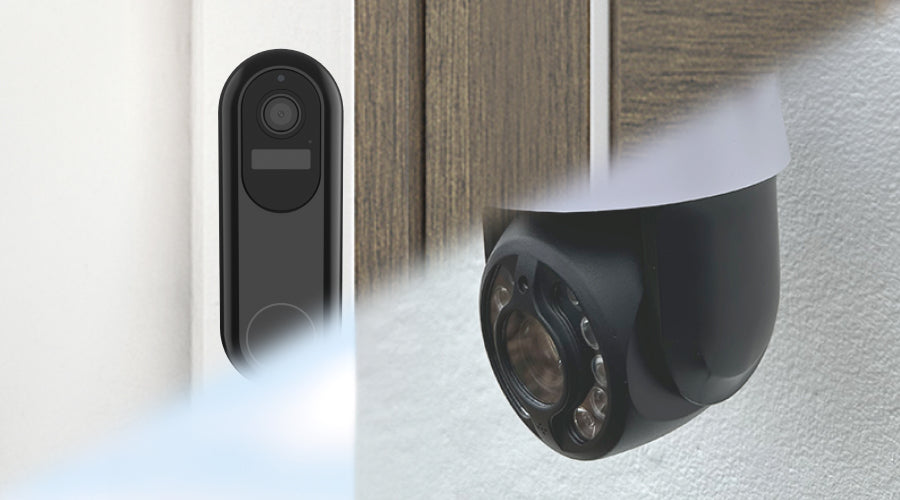
Leave a comment
This site is protected by hCaptcha and the hCaptcha Privacy Policy and Terms of Service apply.